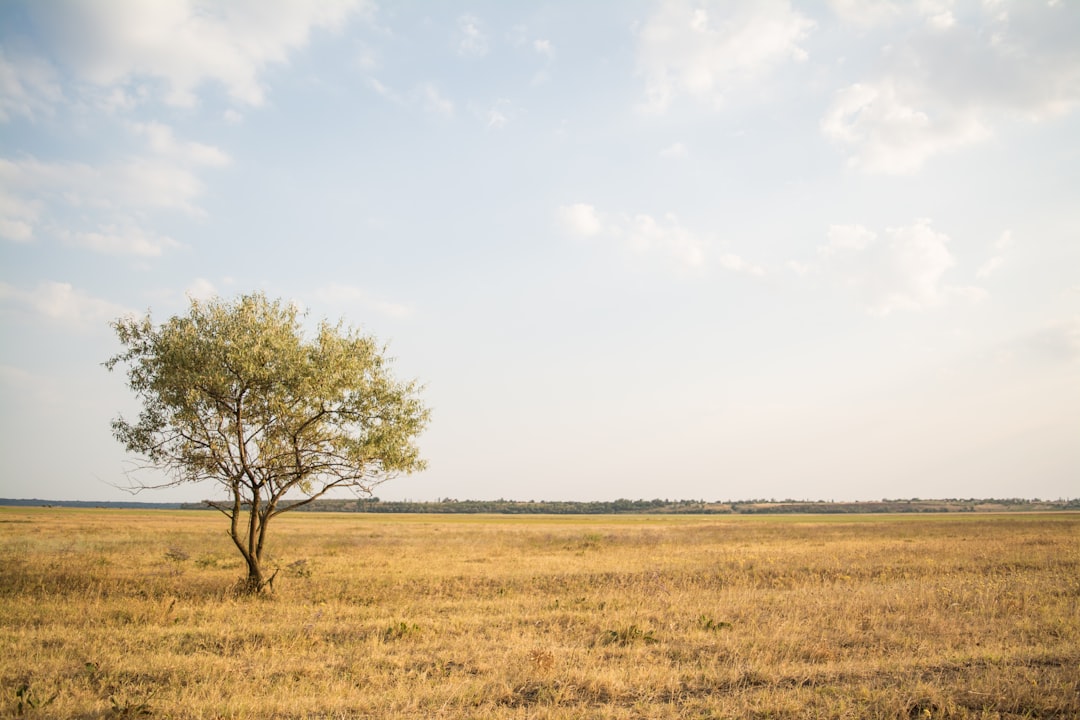What is it about?
The study accentuates local drivers of land use cover change in Southwestern Ghana using a mixed-method approach. The approach aided in identifying key land use drivers, using different research strategies for comparisons through confidence level analysis and Analytic Hierarchy Process. We used expert interviews, existing literature and geostatistical tools to ascertain the driving forces triggering such unprecedented changes. Landsat imagery 5 MSS, 4 and 5 TM, 7 ETM+and 8 OLI/TIRS were acquired from the United States Geological Survey’s website. Land-use analysis revealed a decline in forests (− 82.41%) and areas covered by water bodies (− 27.39%). A fundamental drift in built-up (+ 1288.36%) and farmlands/shrubs (+ 369.81%) areas were also observed. The contribution rate of change analysis revealed built-environment and increasing population contributed the most to surface temperature and land-use change. A steady increase in surface temperature can be attributed to the undesirable changes associated with land-use systems over the past 50 years. Socio-economic development in Southwestern Ghana is fuelling interest in studies related to land use cover change. Biophysical, cultural and technological factors are considered key drivers despite the “medium-to-very low confidence” in results generated. They could potentially impact climate-sensitive sectors that significantly modify land-use systems from the pessimists’ and optimists’ perspectives. Standpoints established through this study will enrich basic datasets for further studies at the continental level.
Featured Image

Photo by The Artboard on Unsplash
Why is it important?
Addressing undesirable changes associated with the driving forces of land use cover change are critical to sustainable land management, and the future modeling of land use systems in developing countries. Socio-economic development in Southwestern Ghana is fuelling interest in studies related to land use cover change. Biophysical, cultural and technological factors are considered key drivers despite the “medium-to-very low confidence” in results generated. They could potentially impact climate-sensitive sectors that significantly modify land-use systems from the pessimists’ and optimists’ perspectives. Standpoints established through this study will enrich basic datasets for further studies at the continental level.
Perspectives
We presented an objective and a detailed framework to enhance the reliability and validity of study findings using confidence level analysis. local or regional studies of this nature influence global studies (international scientific community) by highlighting valid and reliable contributions or actions that drive significant change.
Dr Isaac Sarfo
Henan University
Read the Original
This page is a summary of: Validating local drivers influencing land use cover change in Southwestern Ghana: a mixed-method approach, Environmental Earth Sciences, July 2022, Springer Science + Business Media,
DOI: 10.1007/s12665-022-10481-y.
You can read the full text:
Contributors
The following have contributed to this page










